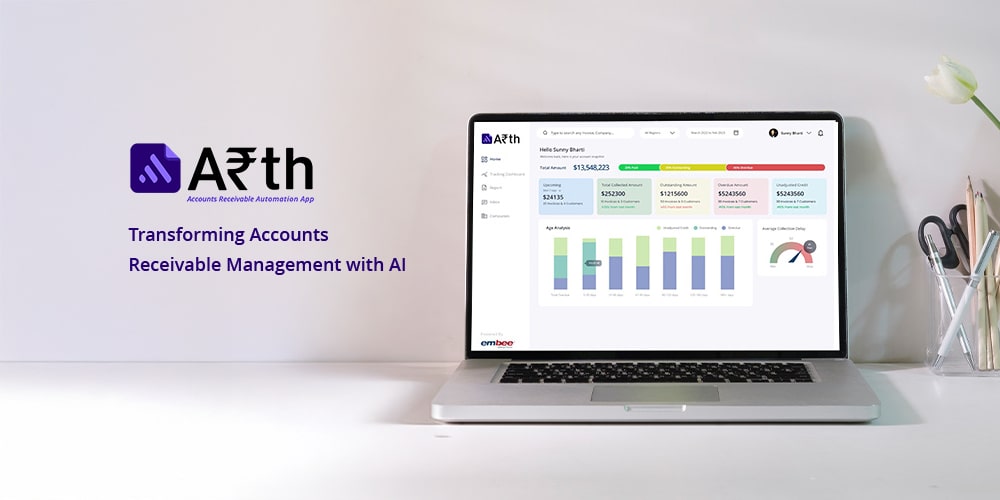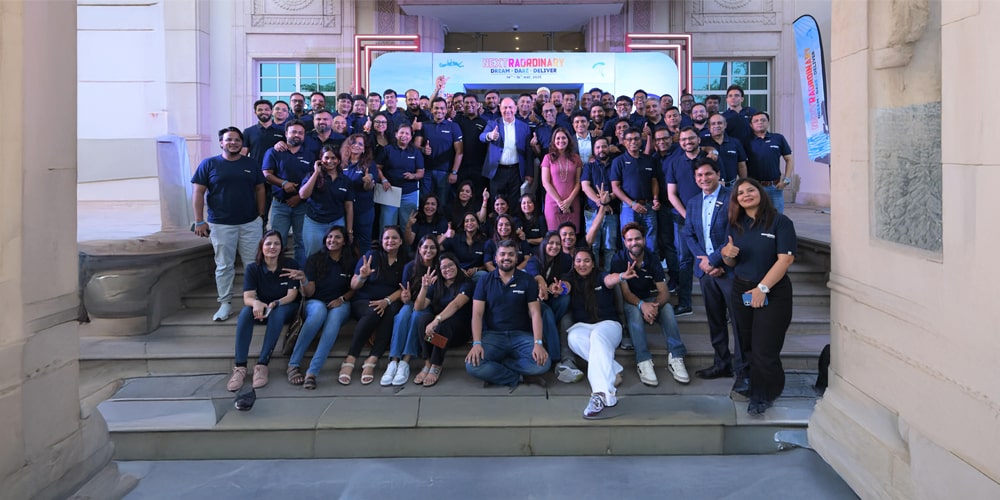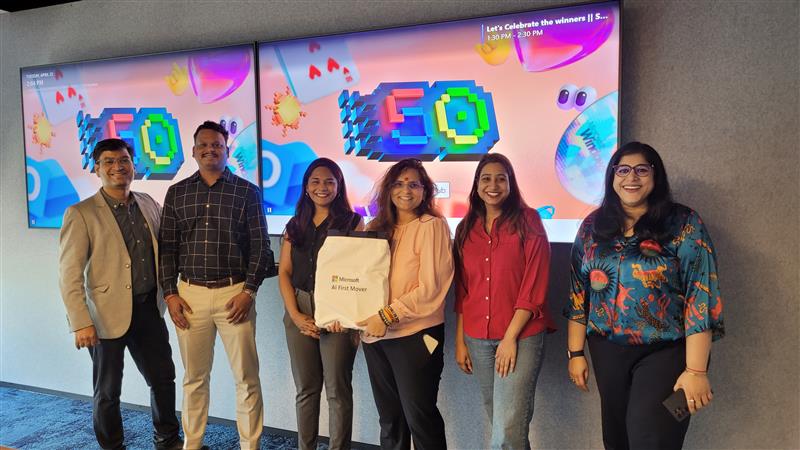83% Of Enterprise Workloads Will Be in The Cloud By 2020
In one of my earlier blogs where I discussed the importance of shifting to mega Cloud platforms, I mentioned Application migration as one of the major impediments for enterprises to completely embrace Cloud. The need for “Application Modernization” is probably one of the biggest challenges for most of the CIOs to adopt Cloud platforms more effectively.
In the past few years, we have seen a rapid emergence of technologies that are popularly known as “Cloud-native”. This shift to Cloud-native technology has fundamentally changed the way software development is practiced today, leading to the adoption of “DevOps practices”, that are focused towards increasing the speed and agility of software delivery, meeting rapidly changing customer needs and enabling organizations to be competitive.
Exploring What’s at the Heart of Cloud Native Technologies
Amazing success stories of “Born in the Cloud” enterprises such as Netflix, Uber, Ola, Hotstar etc., reiterate the necessity and benefits of such delivery models, making enterprises interested to explore what is there at the core of Cloud-native technology.
At the core of Cloud-native technology resides the paradigm shift from traditional software architecture being “monolithic” architecture to “micro-services based” architecture.
Understanding Microservices: Adding Agility to your Applications
One of the key shortcomings of a ‘monolithic’ architecture is deploying changes to production when new features are developed and tested. Investment of a lot of time, effort and resources often lead to an increased, unnecessary expenditure.
On the contrary, micro-services-based architecture results in a loosely coupled service-oriented architecture, wherein changes can be applied to each of the micro service independently without impacting the overall application, thus reducing the time and effort in applying the change. This significant architectural shift has resulted into the CICD (Continuous Integration and Continuous Development) methodology which is at the Core of DevOps strategy.
On-Premises to Cloud Migration Best Practices
Here are on-premises to cloud migration best practices that tend to ring true for every kind of company: –
The process of migrating data infrastructure to the cloud should take place gradually. The goal is to ensure that everything is done step by step while minimizing downtime and user disruptions.
Step 1 – Migrating Existing Data
Begin with creating first copy of the current data in a cloud data store. This process will require choosing the right cloud data store for your organization, and then making an initial copy of all the data. Finally, to proceed to step 2, you must mark the point in time of the exported snapshot and use it when configuring an ongoing replication mechanism.
Step 2 − Configure Continuous Replication
After exporting the first snapshot of the local datastore and copying it to the cloud data store, the next step would be to set up a continuous synchronization process.
Step 3 – BI Migration
Setup a BI tool that works with your cloud datastore. Examples of BI tools: Tableau, Looker, Periscope, Chartio, and even open-source Redash.
Step 4 – Migrating Your Legacy Data Applications
After BI Migration, prioritize the migration of your custom reporting tools and data applications. Using a data synchronization mechanism that can adapt to transformations will make implementing these changes in the data model more dynamic and flexible.
Step 5 – Migrating your legacy ETL processes
Once all legacy data applications have been migrated to your cloud, the final step is to point your ETL processes to your cloud datastore. Although the migration plan is divided into five simple steps, the journey is not over. There are many technical challenges you face.
Challenge 1 – Redesigning of the Data Model Cloud
Different types of data stores support different types of schema. It is crucial to keep all the data models in continuous synchronization as they change over time.
Challenge 2 – Security
Assign all the groups and roles that will require access to cloud resources and plan security policies accordingly. If configured and checked correctly, this is another great victory on the long migratory journey.
Challenge 3: Connect custom data applications to the datastore
Another obstacle is to refine the interfaces used by custom data applications to connect to the datastore. Examples of such conversions can be the accuracy of floating-point numbers, the time zone format of timestamps, and how NULL values are handled. These changes will only appear in the form of data gaps, and more rigorous testing will be required to detect.
Challenge 4 – Writing and Using Stored Procedures
One of the most overlooked challenges during cloud migration is the ability to write and use stored procedures. Azure Cosmos DB offers that lets you write stored procedures, triggers, and user-defined functions.
Methods to Combat Challenges – Containerization
We all know by now that Docker containers work very well to enable micro-services-based architecture. By running microservices in separate containers, they can all be deployed independently, if required. As containers are portable and can operate in isolation from one another, it is simpler to create a microservices architecture with containers and move them to another environment. This is because containerization takes care of different micro-services having conflicting framework or libraries working in harmony without any problem. While doing so, one might land with large number of micro services, one needs an orchestration tool (cluster manager) and Kubernetes is by far the most popular tool to effectively manage all the micro services.
Another area of rapid transformation is the adoption of Serverless Computing, which is the abstraction of servers, infrastructure and operating systems. While building serverless apps, we do not need to provision and manage any servers, so we can take our mind off resource concerns. Serverless computing is driven by the reaction to events and triggers happening in near-real-time—in the Cloud. As a fully managed service, server management and capacity planning are invisible to the developer. Serverless compute scales from nothing to handle thousands of concurrent functions/routines almost instantly (within seconds), to match any workload and without requiring any scale configuration—it reacts to events and triggers in no time. With serverless architecture, we only pay for the time our code is running, there is no need of managing servers or infrastructure and by utilising fully managed services, we can focus solely on developing business logic and avoid administrative tasks. With serverless architecture we can simply deploy our code and it runs with high availability.
It is evident from the above that adoption of cloud native technology by adopting DevOps methodology powered by Containerisation and Serverless technology, we can rapidly enable enterprises to make the shift from infra-dependent, monolithic, slow and expensive deployment strategy to a much agile, scalable (due to rapid scalability of Cloud), reliable (reliability of mega Cloud platforms) and significantly less expensive option. Overall, we can cover this transformation under the ambit of Application Modernization (although many more facets can be included).
Surpassing roadblocks with inside-out approach
So why are we not embracing Cloud native technology wholeheartedly? Primarily the reason has more to do with cultural changes than technical modifications. Success of implementing Cloud native technology and DevOps best practices depends a lot on the existing, evolving organizational practices. Development teams need to learn to adopt cross-functional work culture and methods that ensure software is developed with a continuous rhythm across the board aligned to overall business goals of the company. Changing to Cloud native is not possible without adopting changes within the organization.
And this is where Embee’s Application Modernization Services can help you in your journey to become Cloud native. With our consulting and execution by using best-of-breed tools including Kubernetes and utilizing our in-depth code-level expertise in all popular platforms. We will further help you in porting the applications to PaaS services utilizing our extensive expertise in Azure PaaS, DevOps, Containerization and Serverless technologies.
Summarizing, it makes a lot of business sense to modernize your Apps and adopt Cloud native technology for rapid speed of deployment, significantly lower change failure rates and improve recovery rate with massive scalability and zero dependency on infrastructure and above all, all of it at a much lesser cost. Go for it!





















































